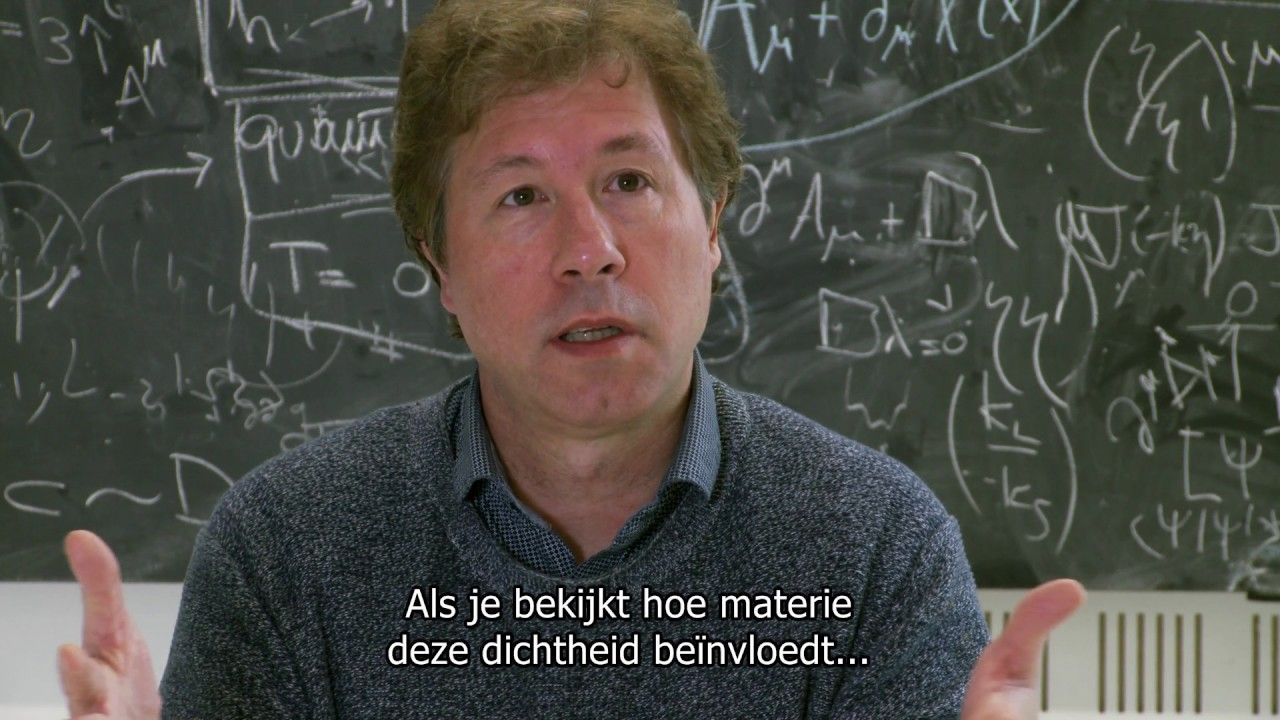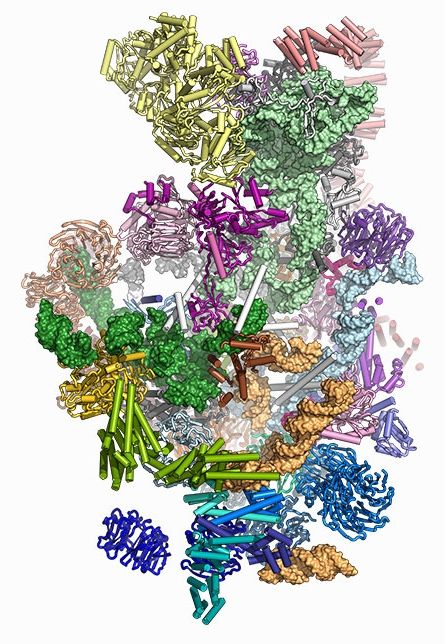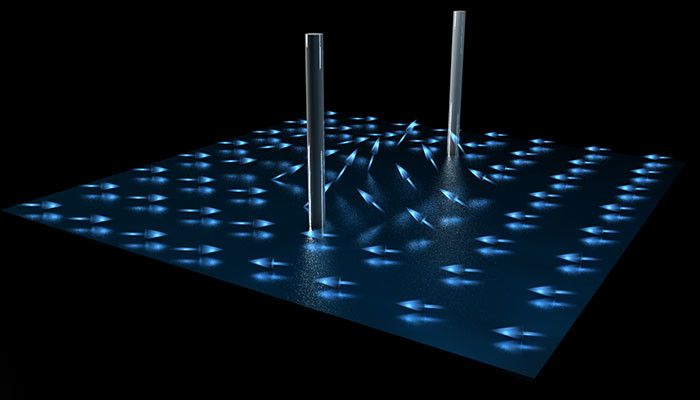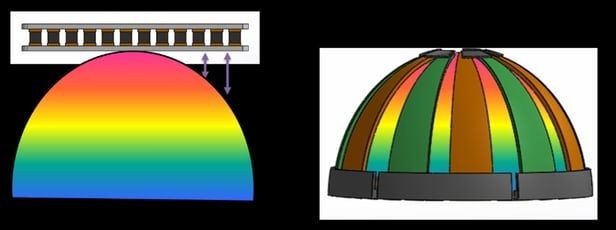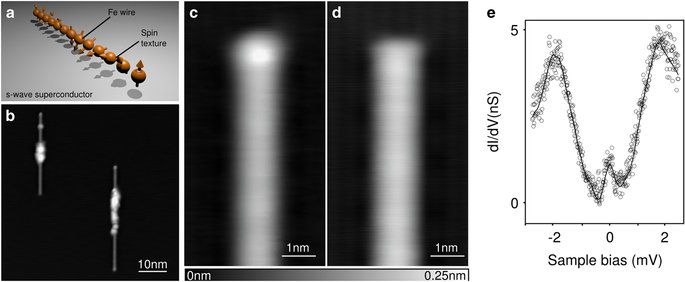Verlinde’s emergent gravity theory makes one very important implication: dark matter does not exist. His research makes sense of the behavior of gravity without the need for the existence of a dark matter particle.
Researchers from the Leiden Observatory have studied more than 33,000 galaxies to see if Verlinde’s theory checks out—and the results show that it is, in fact, more accurate at confirming the universe’s gravity distribution than Einstein’s theory of relativity.
Watch the video below to know more about Verlinde’s alternate explanation to gravity.
